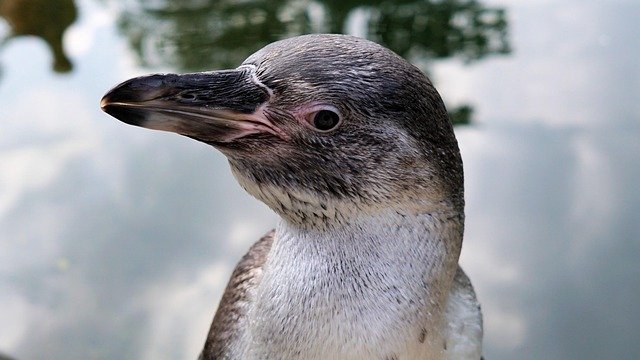**Title: "Adapting to Change: How Climate Change is Affecting Penguin Populations"

Adapting to Change: How Climate Change is Affecting Penguin Populations
Climate change is one of the most pressing issues of our time, and its effects are being felt across the globe. Among the many species impacted, penguins are particularly vulnerable due to their reliance on specific environmental conditions for survival. In this post, we will explore how climate change is affecting penguin populations and what adaptations they are making in response.
The Impact of Climate Change on Penguin Habitats
1. Melting Ice and Habitat Loss
Many penguin species, such as the Emperor and Adélie penguins, depend on sea ice for breeding and feeding. As global temperatures rise, we are witnessing a rapid decline in sea ice in regions like Antarctica. This loss of habitat not only affects their nesting sites but also reduces the availability of krill and other prey that thrive in icy waters.
2. Changes in Food Availability
Warmer ocean temperatures can lead to shifts in marine ecosystems, affecting the distribution and abundance of fish and krill populations. Penguins may find it increasingly difficult to locate food, leading to malnutrition and decreased breeding success.
3. Increased Competition and Predation
As penguin habitats change, they may face increased competition for resources from other species. Additionally, warmer temperatures can allow for the expansion of predators, such as seals and seabirds, which can further threaten penguin populations.
Adaptations and Resilience
Despite these challenges, penguins are showing remarkable resilience and adaptability:
1. Altered Breeding Timing
Some penguin species are adjusting their breeding seasons in response to changing environmental conditions. For example, Adélie penguins have been observed shifting their breeding timelines to align with the availability of food resources.
2. Migration and Range Expansion
Certain penguin populations are beginning to expand their ranges in search of more suitable habitats. For instance, some species are moving further south as their traditional breeding grounds become less viable.
3. Behavioral Changes
Penguins are also exhibiting behavioral adaptations, such as altering their foraging strategies and diving patterns to cope with changing prey availability. These adjustments may help them survive in a rapidly changing environment.
Conservation Efforts
To support penguin populations in the face of climate change, various conservation initiatives are underway:
- Protected Areas: Establishing marine protected areas can help safeguard critical habitats and food sources for penguins.
- Research and Monitoring: Ongoing research is essential to understand the specific impacts of climate change on different penguin species and to inform conservation strategies.
- Climate Action: Addressing the root causes of climate change through global efforts to reduce greenhouse gas emissions is crucial for the long-term survival of penguins and other vulnerable species.
Conclusion
Penguins are iconic symbols of the Antarctic and sub-Antarctic regions, but their future is uncertain in the face of climate change. While they are demonstrating some adaptability, the scale of environmental change poses significant threats to their populations. It is imperative that we take action to mitigate climate change and protect these remarkable birds for generations to come.
References
- National Geographic: Penguins and Climate Change
- World Wildlife Fund: Protecting Penguins
- Scientific Reports: The Impact of Climate Change on Penguin Populations
Feel free to share your thoughts or questions about penguins and climate change in the comments below!
